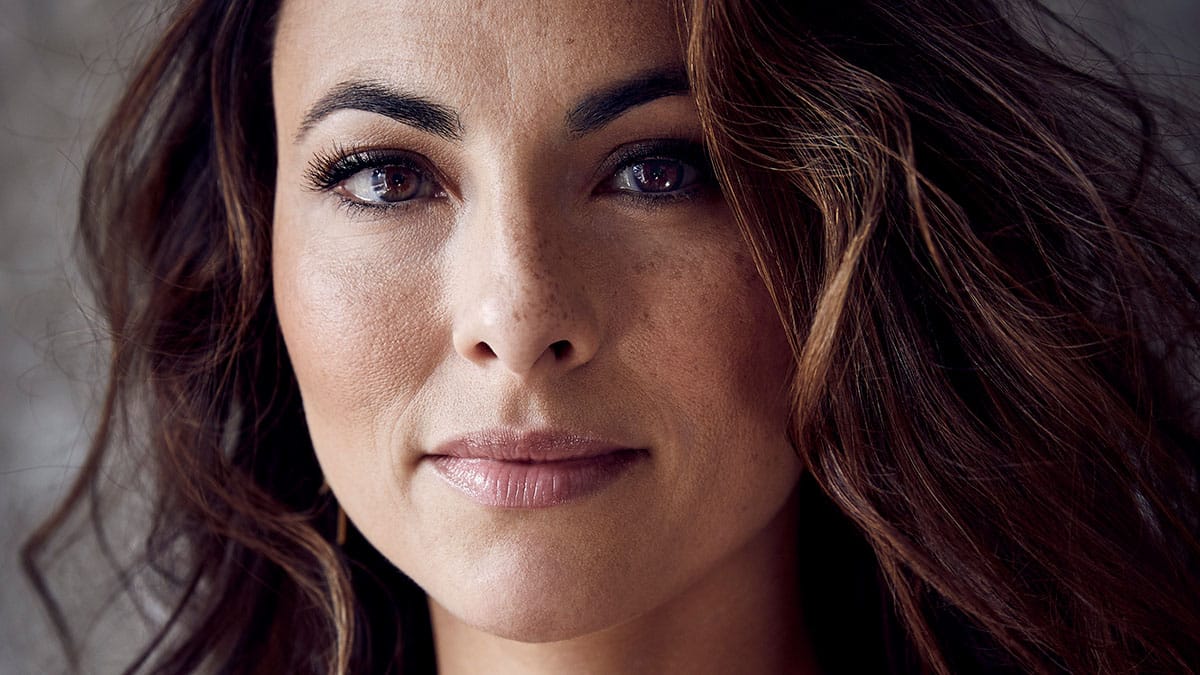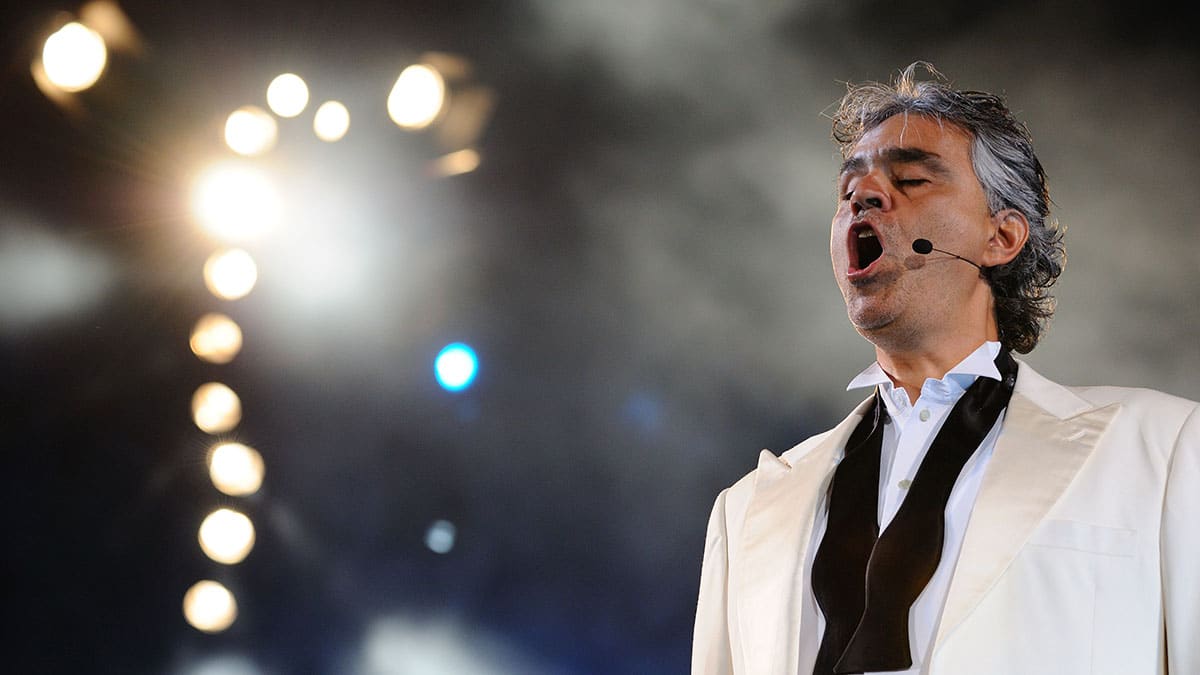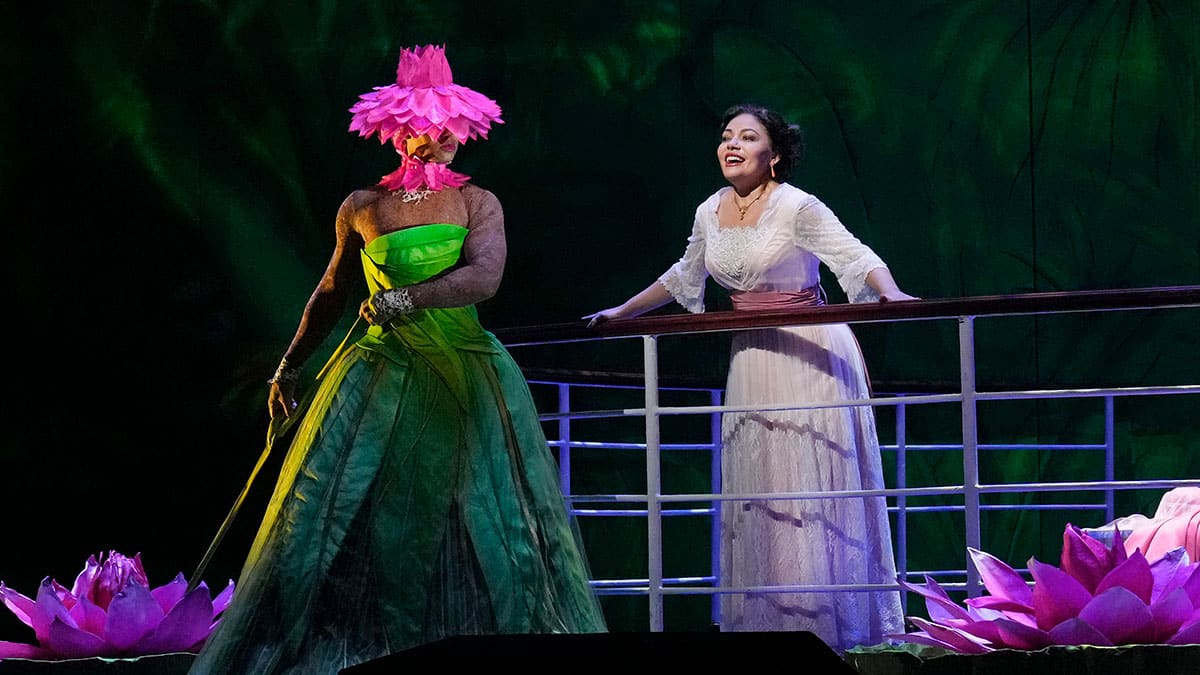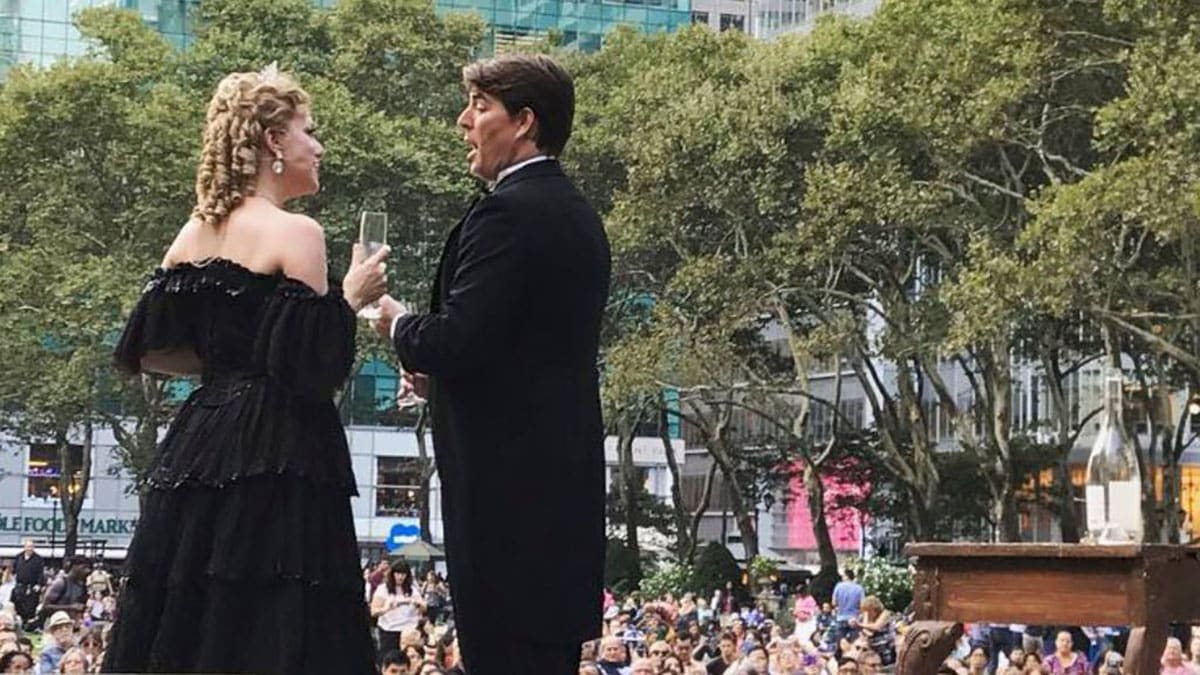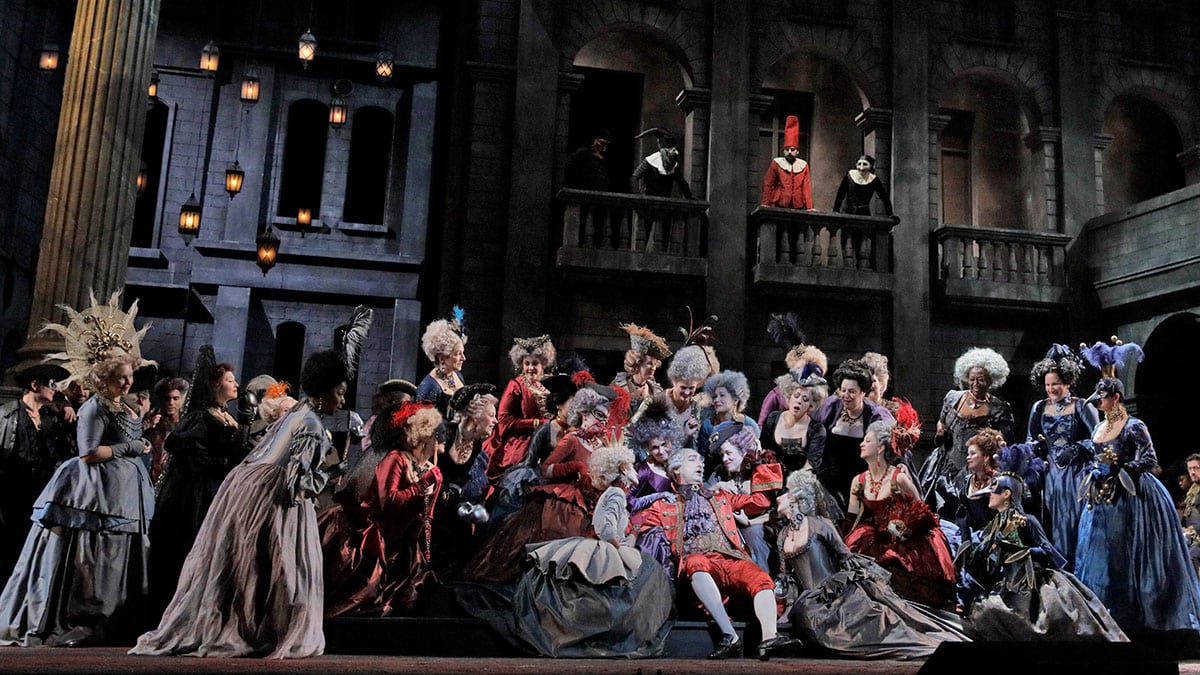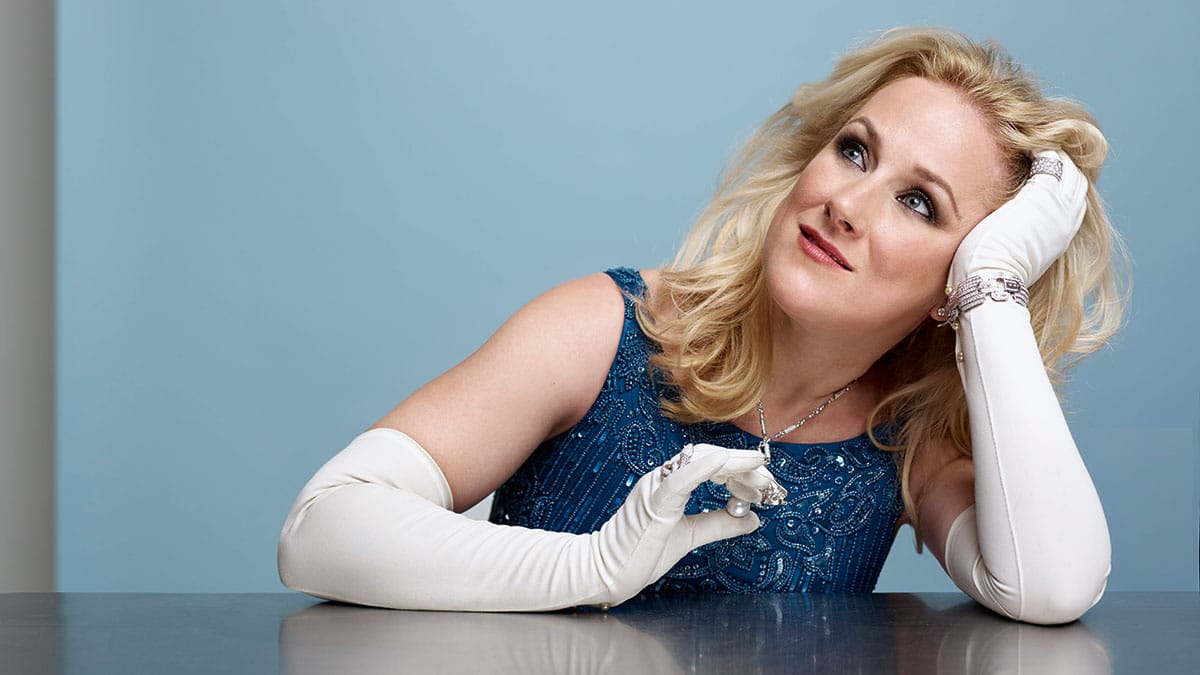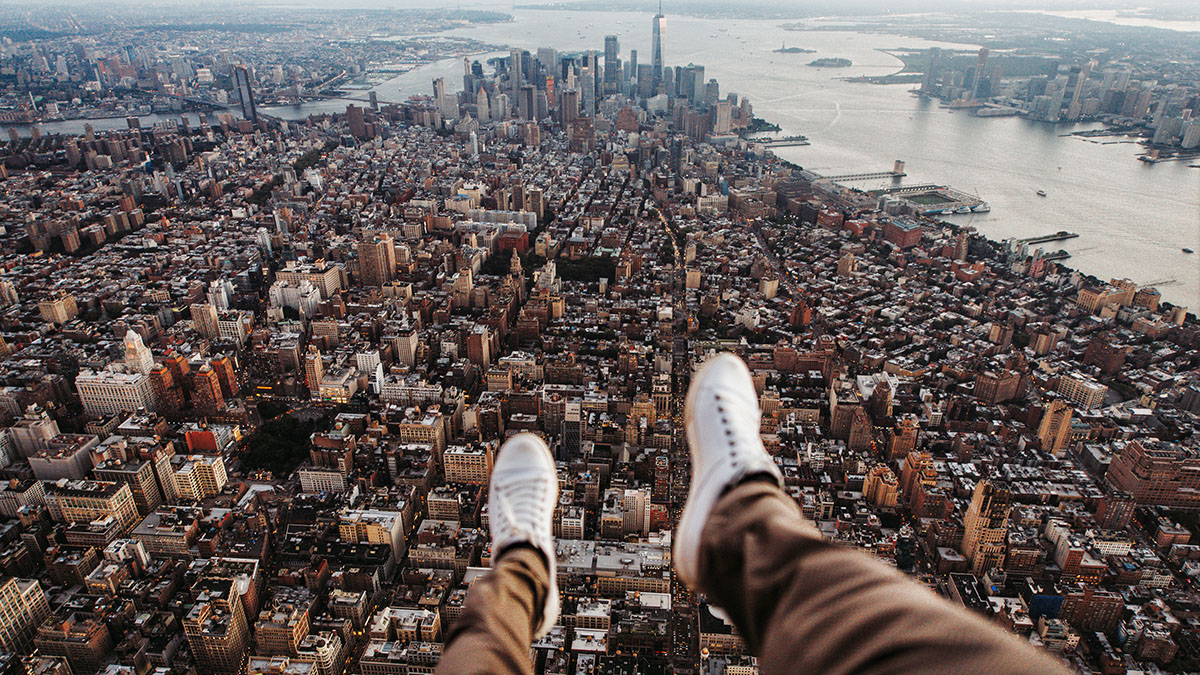Opera in New York City is everywhere from the Metropolitan Opera House, to city parks, and even on the streets. Opera is having a renaissance as young people discover contemporary opera. Jazz is now accepted as the American opera.
Isabel Leonard Sings Berlioz Love Song Cycle “Les nuits d’été” with the New York Philharmonic
DAVID GEFFEN HALL, Lincoln Center, Manhattan 🇦🇷
Andrea Bocelli Sings Italian Pop Opera for the Holidays
MADISON SQUARE GARDEN, Chelsea, Manhattan 🇮🇹 🎄
Metropolitan Opera is One of the World’s Great Opera Companies
“Grounded” Met Premiere
“Ainadamar” Met Premiere 🇦🇷
“Aida” New Production, Angel Blue, Judit Kutasi 🇺🇸 🇷🇴
“Moby-Dick” Met Premiere
“Salome” New Production
“Antony and Cleopatra” Met Premiere
METROPOLITAN OPERA HOUSE, Lincoln Center
New York City Opera Celebrates Puccini at Bryant Park
BRYANT PARK, Garment District, Manhattan 🇮🇹
Roméo et Juliette Stars Puerto Rican Soprano Nadine Sierra at the Metropolitan Opera
METROPOLITAN OPERA HOUSE, Lincoln Center, Manhattan 🇫🇷 ~ 🇮🇹 🇵🇷
Diana Damrau Sings Spanish Love Songs for Valentines at Carnegie Hall
CARNEGIE HALL, Midtown, Manhattan ~ Love songs by Schumann, Strauss, Rodrigo, Granados, Turina, and Obradors. 🇪🇸 🇩🇪 🇦🇹 CANCELLED DUE TO ILLNESS
APAP NYC Brings Dance, Music, Opera, Theater, and Performance Showcases to NYC in January
NEW YORK HILTON MIDTOWN, Manhattan and Brooklyn
Mexican Opera “Florencia en el Amazonas” Stars Ailyn Pérez in Spanish at the Metropolitan Opera
METROPOLITAN OPERA, Lincoln Center 🇲🇽 🇧🇷 ~ 🇦🇷 🇨🇦 🇮🇨 🇨🇺 🇬🇹 🇮🇹 🇳🇮 🇵🇷 🇪🇸
New York City Opera Scene
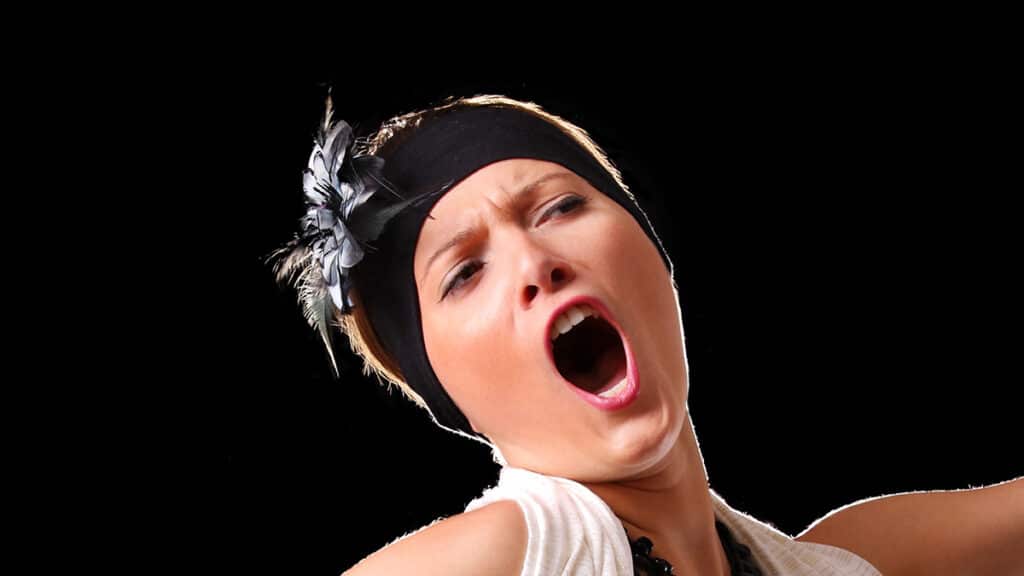
New York is an opera city. The Metropolitan Opera House is NYC’s leading opera venue.
Opera Companies in NYC
New York Opera Alliance promotes opera in New York City. nyoperaalliance.org
Bronx Opera performs operas in English. bronxopera.org
Catapult Opera presents diverse contemporary opera. catapultopera.org
International Brazilian Opera Company occasionally produces opera. brazilianopera.com🇧🇷
Metropolitan Opera season runs from September through June at the Metropolitan Opera House in Lincoln Center.
New York City Opera produces a few shows annually, including in summer at Bryant Park Picnic Performances.
Opera Presenters in NYC
Americas Society presents some opera.
Argentine Consulate presents some opera. 🇦🇷
NYU Skirball Center presents some opera.
OPERA America’s National Opera Center has rehearsal studios and an opera theater in Chelsea, Manhattan. operaamerica.org
Opera Festivals in NYC
The Metropolitan Opera’s Free Summer HD Festival brings outdoor opera screenings to Lincoln Center.
New York OperaFest usually runs from April-June. newyorkoperafest.org
The Prototype Festival of opera and musical theatre is in January. prototypefestival.org
Opera Companies and Singers
Because of its Italian origins, at some level all opera is Latin. Then there are French, Italian, Portuguese, Romanian, and Spanish operas, composers, and performers.
But the Americas have strong opera traditions too, especially in Brazil and Mexico. Argentines are mostly of Italian descent. Tango is an Argentine form of people’s opera.
Lately, The Met has recognized the artistry of African American jazz and gospel, the American opera.
Today there are many great Latin and Black opera singers. Some trained in school, some trained in church, some trained on the streets, and one trained in the shower (really). Regardless, these are great voices that deserve to be heard.
Andrea Bocelli is a multiple Grammy-nominated Italian tenor who has crossed over into pop music. He is one of the best-selling classical music artists of all time.
Javier Camarena is a Mexican tenor famous for his endless standing ovations. That goes against opera etiquette, but audiences love him. 🇲🇽
Plácido Domingo is a Spanish opera singer who was raised and started his career in Mexico. Originally a tenor, he transitioned to baritone roles as he aged. 🇪🇸 🇲🇽
Isabel Leonard is a Grammy-winning New York Argentine mezzo-soprano. 🇦🇷
Yannick Nézet-Séguin, the Met Opera’s Music Director, is French Canadian from Montréal, the nearest Latin city to New York. 🇨🇦
Nadine Sierra is an American opera singer of Italian, Portuguese, and Puerto Rican descent. What a great mix. 🇮🇹 🇵🇹 🇵🇷
Roland Villazón is a Mexican tenor. 🇲🇽
Opera Origins
Opera is Latin since the Florentine Camerata (a group of intellectuals) decided to recreate Greek drama with music in 1597 Florence. It soon spread across Europe and then to the Americas.
Latin Americans have been composing opera since 1701 in Peru, and then Mexico, and Brazil. Argentine tango vocals derive from Italian opera.
Jazz has recently been accepted as American Opera. Young Latins are stretching the form in new directions.
Brazil and Mexico have strong opera traditions. In Argentina (with its 60% Italian heritage), opera evolved into tango. New York opera companies are starting to see jazz as the American opera.
One of the most unusual opera houses in the Americas is the Amazon Theatre (Teatro Amazonas) in the jungle city of Manaus, Amazonas, Brazil. The first opera there was in 1897.
The development of opera roughly follows the periods of classical music, which in turn reflect the social changes stirring the world.
16th Century (1600 – 1750)
Opera began as an attempt by the Florentine Camerata, a group of intellectuals in Florence Italy, to revive the original form of Greek drama. They believed that Greek drama was sung throughout. Jacopo Peri composed “Dafne,” considered the first opera, in 1597. It was popular.
Baroque Period (1750 – 1800)
Italian courts began performing operas for the entertainment of distinguished guests. Opera spread across Italy. The first opera house opened in Venice in 1637. This brought courtly entertainment to the masses, and encouraged other cities to open their own opera houses.
Operas from this period were serious stories (opera seria). Claudio Monteverdi’s “L’Orfeo” is the most famous Baroque Opera.
Classical Period Opera (1750 – 1800)
Opera changed in the Classical Period. Comedy (opera buffa) lightened its tone. Influenced by the Enlightenment, composers began to write operas that were simpler and more natural.
Mozart (1756 – 1791) put the trends together in his trio of classic operatic comedies: Nozze di Figaro (1786), “Don Giovanni” (1787), and Così fan Tutte (1790).
Romantic Period Opera (1800 – 1890)
The French Revolution (1789 – 1799) changed everything. It expanded the possibilities of operatic stories.
Rossini, Donizetti, and Bellini composed lyrical scores in what became known as the “Bel Canto” style (beautiful singing). Verdi (Italian, 1813 – 1901) dominated the second half of the 19th century with Rigoletto (1851), Il Trovatore (1855), La Traviata (1855), “Otello” (1887), and “Falstaff” (1893).
Wagner revolutionized the form with his large-scale mythological operas including “Der Ring des Nibelungen” (1876) and “Parsifal” (1882).
Verismo Opera (1890 – 1920)
Verismo Opera was a period of renewal in which composers took a realistic approach to their stories. Puccini (1858 – 1924) dominated this tradition with La Bohème (1896), Tosca (1900), and Madama Butterfly (1904).
20th Century Opera (1900 – 2000)
Opera’s popularity began to fail as the world blew itself up in World War I (1914 – 1918) and World War II (1939 – 1945). The Post-War years opened up so many possibilities that contemporary opera may no longer be recognizable as opera.
21st Century Opera (2000-Present)
Young people are embracing opera in its contemporary forms. American Latins are stretching opera into new forms.

